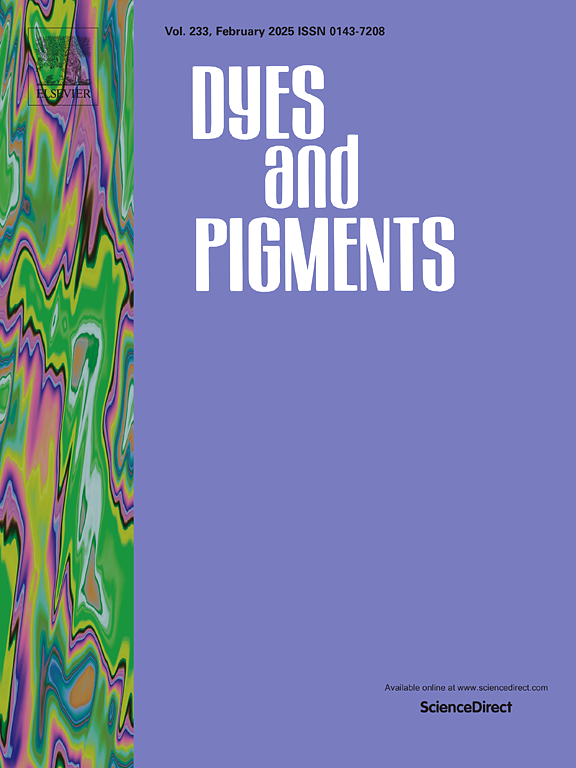In search for a new lead white: Understanding the historical production processes for industrial-age lead white pigments (1740–1940)
IF 4.1
3区 工程技术
Q2 CHEMISTRY, APPLIED
引用次数: 0
Abstract
In heritage science, lead white pigments are of great significance due to their omnipresence in historical polychrome and finishing layers. However, although lead white dominated the artist's palette from Antiquity until the early 20th century, modern production processes have remained largely unstudied. This paper explores the manufacturing methods from 1740 to 1940, as these differ fundamentally from the traditional ‘Dutch Stack Method’. Moreover, the technological breakthroughs of the industrial-age initiated an intensive search for improved production pathways, as attested by the 185 process descriptions found during this survey of historical textual sources. A thorough understanding of these innovative processes and their ensuing end-products is particularly relevant for the conservation field as recent studies demonstrated that the production method influences the resulting lead white subtype and its painting properties. Drawing on process descriptions in patents, technical manuals and treatises, a classification is proposed based on the underlying chemical methodology; the main categories are methods based on corrosion, precipitation, electrolysis and volatilisation. In addition, the real-life, commercial prevalence of these categories was assessed by studying literature and archival information on large-scale trade and industry. Surprisingly, these findings indicate that, despite the many innovative chemical pathways registered, the lion's share of lead white manufacturers across Europe and North America continued to employ the corrosion methods, which remain the most indebted to the traditional stack method. Nevertheless, a significant number of factories adopted the novel pathways (i.e. precipitation methods), even though the ensuing products were often considered as of lesser quality in contemporary literature.

求助全文
约1分钟内获得全文
求助全文
来源期刊

Dyes and Pigments
工程技术-材料科学:纺织
CiteScore
8.20
自引率
13.30%
发文量
933
审稿时长
33 days
期刊介绍:
Dyes and Pigments covers the scientific and technical aspects of the chemistry and physics of dyes, pigments and their intermediates. Emphasis is placed on the properties of the colouring matters themselves rather than on their applications or the system in which they may be applied.
Thus the journal accepts research and review papers on the synthesis of dyes, pigments and intermediates, their physical or chemical properties, e.g. spectroscopic, surface, solution or solid state characteristics, the physical aspects of their preparation, e.g. precipitation, nucleation and growth, crystal formation, liquid crystalline characteristics, their photochemical, ecological or biological properties and the relationship between colour and chemical constitution. However, papers are considered which deal with the more fundamental aspects of colourant application and of the interactions of colourants with substrates or media.
The journal will interest a wide variety of workers in a range of disciplines whose work involves dyes, pigments and their intermediates, and provides a platform for investigators with common interests but diverse fields of activity such as cosmetics, reprographics, dye and pigment synthesis, medical research, polymers, etc.
 求助内容:
求助内容: 应助结果提醒方式:
应助结果提醒方式:


